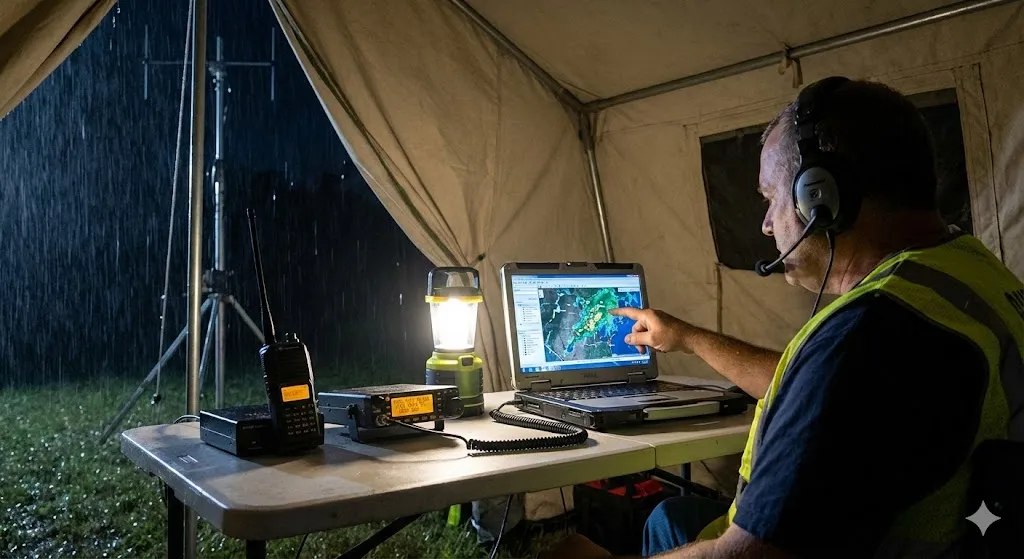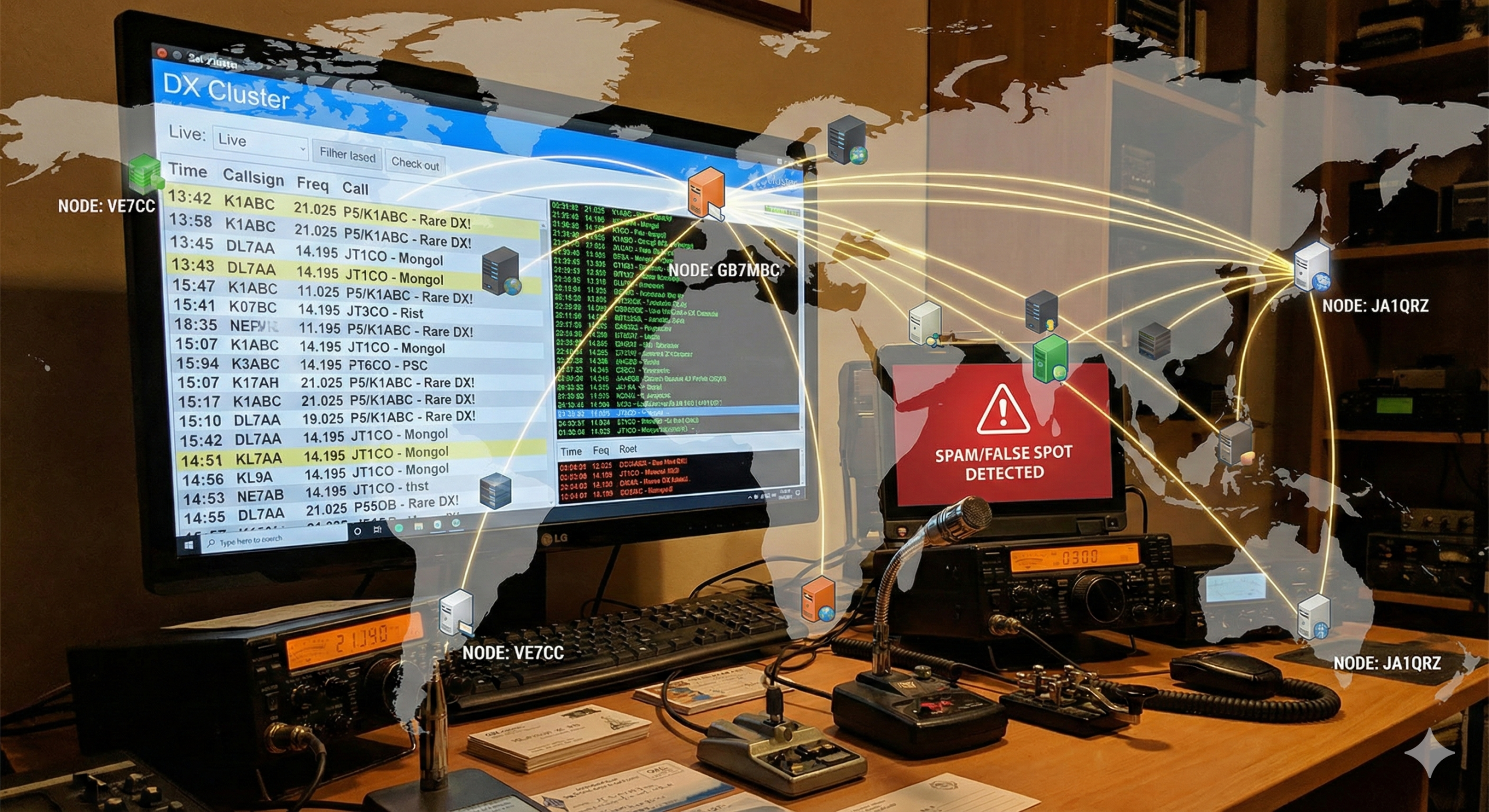Amateur Radio and Emergency Communications: Using Ubuntu as a Desktop Operating System
Amateur radio, often referred to as ham radio, has long been a crucial tool in emergency communications. When traditional communication networks fail during disasters, amateur radio operators step in to provide vital communication links. Leveraging Ubuntu, a popular and user-friendly Linux distribution, can enhance the capabilities of amateur radio operators in emergency situations. This article explores how Ubuntu can be used as a desktop operating system for amateur radio, highlighting key software that supports emergency communications.
Why Ubuntu for Amateur Radio?
Ubuntu’s reliability, ease of use, and extensive support for open-source software make it an excellent choice for amateur radio operators. Its predictable release cycles and long-term support (LTS) versions ensure stability, which is critical during emergencies. Additionally, Ubuntu’s strong community support and comprehensive repositories offer a wide range of applications tailored for ham radio and emergency communications.
Essential Software for Amateur Radio on Ubuntu
Fldigi (Fast, Light Digital):
- Description: Fldigi is a versatile digital modem application that supports numerous digital modes such as PSK31, RTTY, and CW. It allows operators to send and receive text messages, images, and other data over radio frequencies.
- Use in Emergencies: Fldigi’s ability to operate in various digital modes makes it invaluable for transmitting information when voice communication is impractical or bandwidth is limited.
Hamlib:
- Description: Hamlib is a library that provides a standard programming interface to control various radios and receivers. It supports a wide range of amateur radios and can be integrated with other software.
- Use in Emergencies: Hamlib allows operators to automate and control their radio equipment efficiently, facilitating quicker and more reliable communication setups during emergencies.
Xastir (X Amateur Station Tracking and Information Reporting):
- Description: Xastir is an open-source client for the Automatic Packet Reporting System (APRS). It provides real-time tracking and information reporting, displaying data on detailed maps.
- Use in Emergencies: Xastir enables operators to track the location of mobile units and report real-time information such as weather conditions, enhancing situational awareness and coordination.
CQRLOG:
- Description: CQRLOG is an advanced logging program for Linux, designed specifically for amateur radio operators. It supports logging of contacts, QSL management, and integration with various online services.
- Use in Emergencies: Keeping accurate logs is essential in emergency communications for accountability and coordination. CQRLOG helps maintain organized records of all communications.
WSJT-X:
- Description: WSJT-X is a popular software suite for weak-signal digital modes, such as FT8 and JT65. These modes are designed for making reliable, confirmed QSOs under extreme conditions.
- Use in Emergencies: WSJT-X’s weak-signal modes are particularly useful when signal conditions are poor, ensuring that messages can be sent and received even with minimal power and bandwidth.
GNU Radio:
- Description: GNU Radio is a powerful toolkit for building software-defined radios (SDR). It provides a wide array of signal processing blocks to implement various communication systems.
- Use in Emergencies: GNU Radio allows operators to create flexible and adaptable communication setups, which can be quickly reconfigured to meet the specific needs of an emergency situation.
Chirp:
- Description: Chirp is a free, open-source tool for programming amateur radios. It supports a wide range of radios and allows for easy management of frequency memories and settings.
- Use in Emergencies: Chirp simplifies the process of configuring radios, ensuring that all units are set up correctly and consistently, which is crucial for coordinated emergency response.
Setting Up Ubuntu for Amateur Radio
To set up Ubuntu for amateur radio operations, follow these steps:
- Install Ubuntu: Download and install the latest LTS version of Ubuntu from the official website. The LTS versions offer long-term support and stability, ideal for mission-critical applications.
- Update Repositories: Ensure your system is up-to-date by running:
sudo apt update && sudo apt upgrade- Install Necessary Software: Use Ubuntu’s package manager to install the software mentioned above. For example, to install Fldigi, use:
sudo apt install fldigiRepeat for other software packages like Hamlib, Xastir, and Chirp.
- Configure Radios and Interfaces: Connect your amateur radio equipment to your computer. Use the respective software interfaces to configure and test your setup. Ensure all necessary drivers and libraries (like Hamlib) are installed and functioning.
- Test and Train: Conduct regular tests and training exercises to ensure that all software and hardware components are working correctly. Familiarity with the tools and their functions is crucial for effective emergency communication.
Conclusion
Using Ubuntu as a desktop operating system for amateur radio during emergency communications offers a robust, reliable, and user-friendly platform. With its extensive support for a wide range of open-source software tailored for ham radio, Ubuntu empowers operators to maintain critical communication links when they are needed most. By integrating tools like Fldigi, Hamlib, Xastir, and others, amateur radio operators can enhance their emergency response capabilities, ensuring that they are prepared to provide vital communication support during disasters.






Post Comment